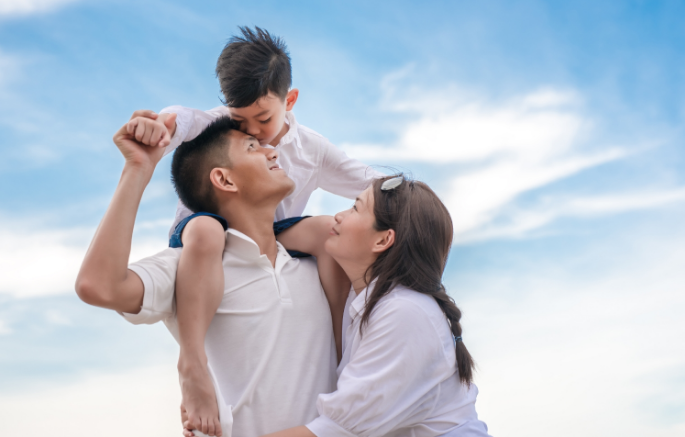This blog discusses essential camera settings for indoor photography, focusing on achieving high-quality, well-exposed images in limited natural light and dim lighting conditions, ensuring optimal results.
1. Aperture (f-stop): Controlling Light and Depth of Field
The aperture controls light input and depth of field in photography. Wide apertures, like f/1.8 or f/2.8, allow more light in low-light environments, especially indoors. They result in a shallow depth of field, which is ideal for portraits, but it can be challenging to maintain focus in multiple-element scenes.
Tip: Use a wide aperture for portraits or when you want to create a dreamy, blurred background. If you need more of the scene in focus, opt for a higher f-stop (e.g., f/8).
2. Shutter Speed: Capturing Movement and Avoiding Blur
Shutter speed controls how long your camera’s sensor is exposed to light. Finding the right balance to avoid motion blur is essential for indoor photography. A slower shutter speed allows more light to hit the sensor, but too slow a speed can result in blurry images if there’s any camera shake or movement.
For handheld shots, your shutter speed should be at least 1/60th of a second. If you’re photographing a moving subject or your hands are unsteady, you may need a faster shutter speed (e.g., 1/100th or 1/200th of a second).
Tip: If shooting static subjects like still life or architecture, you can use slower shutter speeds (e.g., 1/30th) to allow more light. If you’re shooting people or action, use a faster speed to freeze movement.
3. ISO: Balancing Exposure in Low Light
ISO determines the sensitivity of your camera’s sensor to light. A higher ISO setting allows you to shoot in low-light conditions without using a flash or slowing down the shutter speed too much. However, raising the ISO can introduce digital noise (graininess), especially in darker areas of the image.
For indoor photography, start with an ISO of around 800 and increase it only if necessary. Modern cameras handle high ISO settings well but aim to keep them below 1600-3200 to avoid noticeable noise in your images.
Tip: Keep the ISO as low as possible to maintain image quality, but increase it if you’re working in very low light or need a faster shutter speed.
4. White Balance: Ensuring Accurate Colors
White balance adjusts the color temperature of your photos. Indoor lighting often gives photos an orange or yellow tint, especially under tungsten or incandescent light. Setting the correct white balance ensures that the colors in your images appear natural, not too warm or too cool.
Most cameras have presets for lighting conditions, such as Incandescent, Fluorescent, or Daylight. If you’re shooting indoors, you can use the Tungsten preset to correct the warm tone. Alternatively, the Custom White Balance setting with a gray card allows for the most accurate color correction.
Tip: Experiment with different white balance settings or use custom white balance for more control over color accuracy.
5. Use of Tripods and Stabilization
While not a direct camera setting, using a tripod can significantly improve your indoor photography. A tripod stabilizes your camera and allows longer exposures without introducing a camera shake. This is especially useful when shooting in low light with slower shutter speeds.
Tip: Always use a tripod for slow shutter speeds, such as 1/30th or longer, to prevent motion blur and keep your images sharp.
Conclusion
Mastering your camera settings for indoor photography is essential for capturing high-quality images in challenging lighting conditions. By adjusting your aperture, shutter speed, and ISO and fine-tuning your white balance, you can achieve well-exposed, sharp, and vibrant photos indoors. Always experiment with different settings and techniques to find the perfect balance that suits your subject, lighting, and style.
#IndoorPhotography #CameraSettings #PhotographyTips #ShutterSpeed #Aperture #ISO #WhiteBalance #PhotographyTutorial #PhotographyGear #PhotographerLife




